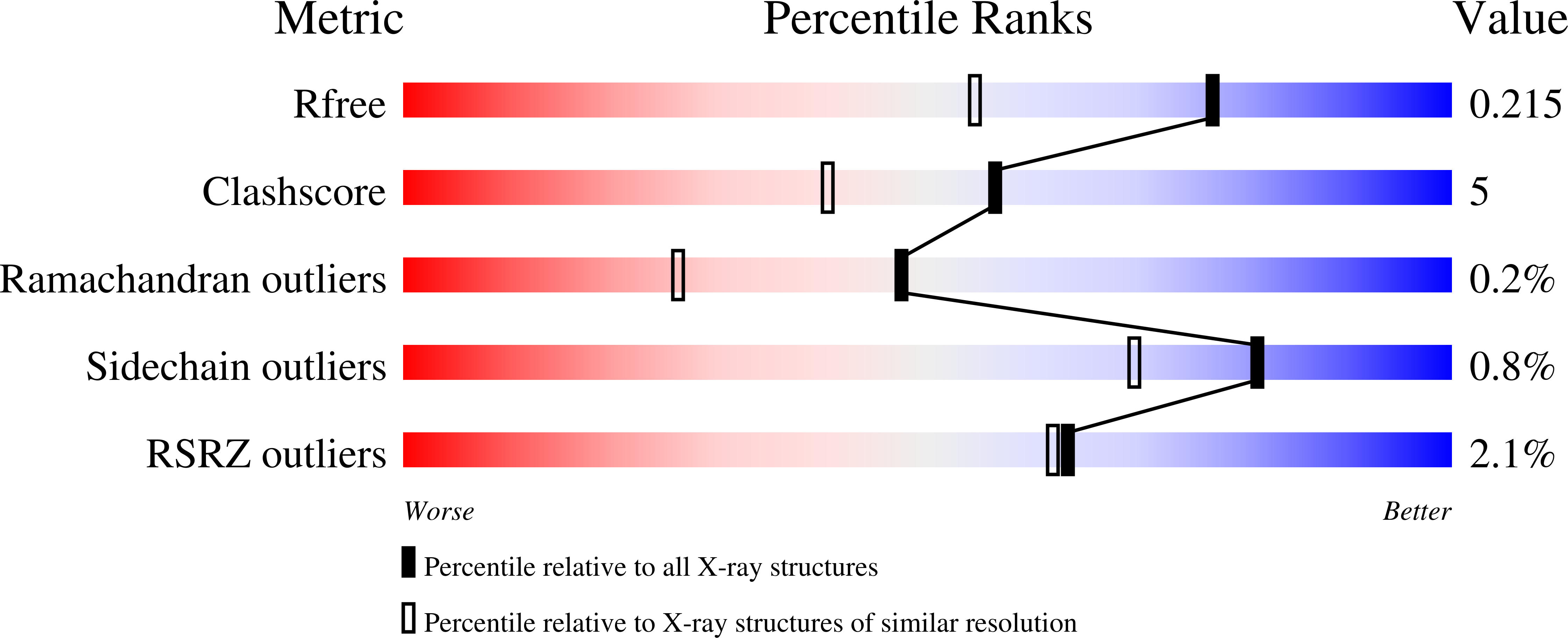
Deposition Date
2020-12-10
Release Date
2021-05-26
Last Version Date
2023-10-18
Entry Detail
PDB ID:
7KZ5
Keywords:
Title:
Crystal structure of KabA from Bacillus cereus UW85 in complex with the plp external aldimine adduct with kanosamine-6-phosphate
Biological Source:
Source Organism:
Bacillus cereus (Taxon ID: 1396)
Host Organism:
Method Details:
Experimental Method:
Resolution:
1.60 Å
R-Value Free:
0.21
R-Value Work:
0.17
R-Value Observed:
0.17
Space Group:
P 1


